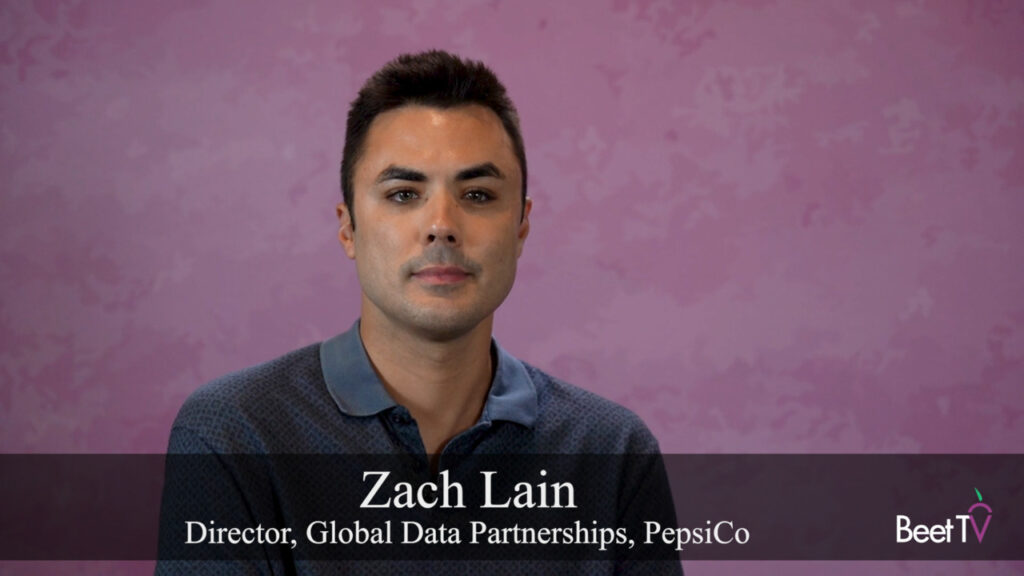TEL AVIV – How do you continue seeing your users when your eyes have been taken away?
That is the challenge facing many publishers and advertisers, as Google’s 2022 deprecation of third-party tracking cookies looms.
Safari and Firefox have already blocked the practice, which enables cross-domain tracking, whilst Apple has also rolled out a slew of other changes to restrict ad-tracking.
In this video interview with Beet.TV, Ehud Furman, VP of Audience Extension and Data at publishers’ content recommendation and advertising platform Tablooa explains how the hole left by third-party cookies may get filled.
Big impact
“We’re not sure what that’s going to be, but it’s not simply removing that capability away completely, but rather trying to find an alternative solution for it,” he says.
Furman explains that Google is being more cooperative with industry partners.
The absence of third-party cookies will have a big impact, at least for Chrome-reliant companies.
“It takes away the ability to track users across domains and that’s the main challenge,” Furman says.
Measurement muddle
That’s a problem because it limits companies’ ability to measure the performance of ads.
“(Measurement is) one of the main challenges with the deprecation of third-party cookies, that the industry will need to handle and so do we,” Furman says. “We rely on third-party cookies.
“There are other ways to measure attribution. There’s also a way to do it from server to server. But, at the end of the day, this is actually probably at the core of what the industry will need to replace.
“There’ll need to be a new mechanism to enable that. Google actually said that they’re going to help creating that mechanism, to make sure that attribution is still possible.”
Graph-building
Taboola is also working around the problem, including by padding out its own data on users, derived from publishers, with more data from external sources.
“We have our own identity graph,” Furman adds. “We work with partners like TransUnion on receiving datasets – data that they have that they can share with us, that it’s legal and okay for us to acquire. We acquire that data. We acquire that data from various partners. We use that data. We basically add it to our graph.
“Taboola is a non-PII company. We’re not collecting personal identifiable data about users, but we are basically matching a signal to a user and to that signal, we’re trying that signal to be deterministic, meaning a signal that has a long persistency, it can stay.
“We’re adding profiles to that signals, so that will increase the probability of at the end of the day, serving the most relevant ad to the most relevant users.”
First-party’s first base
One major source of new data that is rising in place of cross-domain cookies is, simply, gaining opted-in consent from users through authentication, login.
Many publisher sites are working hard to drive up the number of users supplying email addresses, augmented by a range of other fields.
They are the companies Taboola serves, too, by placing native ads at the bottom of news stories.
“Publishers are now going to a lot of effort to build their own (identity) graphs … to maximise their knowledge about the users that they have,” Furman says.
“Publishers, most of them, the innovative ones and the big ones, acknowledge that they need to start, and that they need to collect the data and try to maximise whatever assets that they have.
“Your own data is probably one of the most valuable assets that you can have.”
You are watching “The New Media Reality: A Consumer-Centric View of Identity and Personalization Emerges,” a Beet.TV Leadership Series presented by Transunion. For more videos, please visit this page.






































